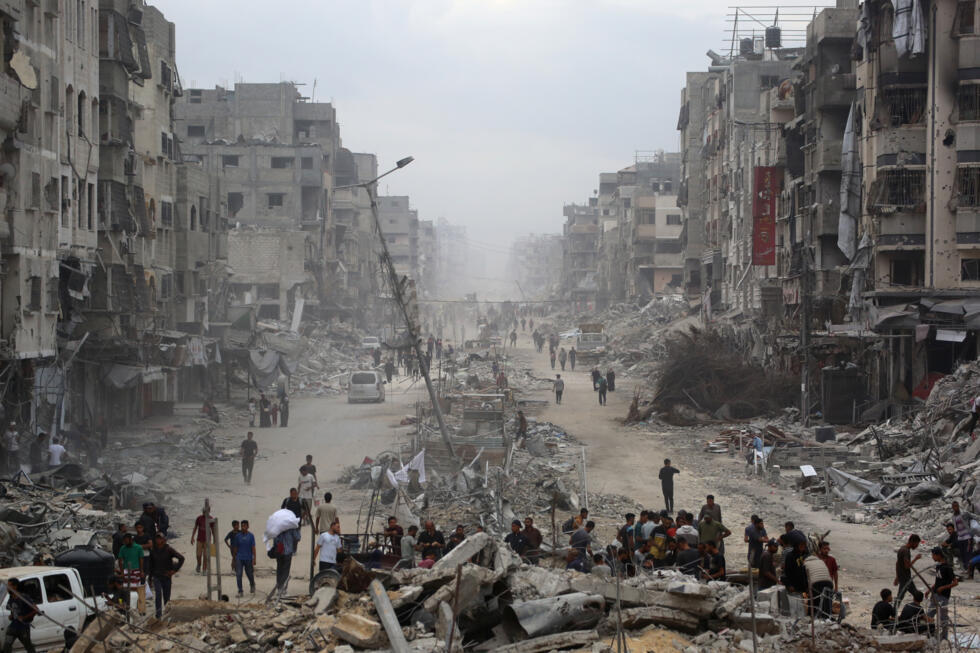Move FM Global News
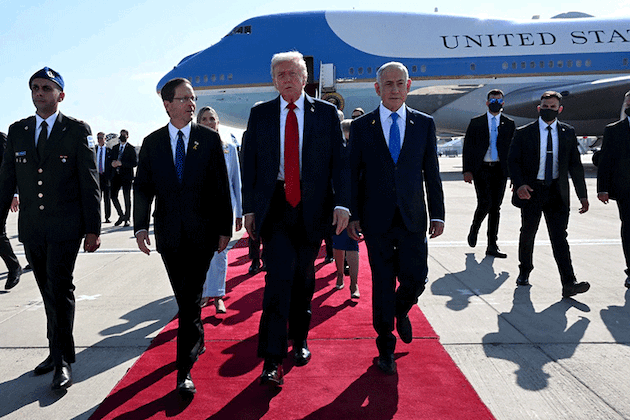
Trump presides over release of Israeli hostages
Oct 14, 2025Hamas released all 20 remaining living hostages held in Gaza on Monday, while Israel began releasing hundreds of Palestinian prisoners as part of a ceasefire pausing two years of war that pummeled the territory, killed tens of thousands of Palestinians, and had left scores of captives in militant hands.
The hostages, all men, arrived back in Israel, where they will reunite with their families and undergo medical checks. The bodies of the remaining 28 dead hostages are also expected to be handed over as part of the deal, although the exact timing remained unclear.
Buses carrying dozens of freed Palestinian prisoners arrived in the West Bank city of Ramallah and in the Gaza Strip, as Israel began releasing more than 1,900 prisoners and detainees as part of the ceasefire deal.
Cheering crowds met the buses arriving in Ramallah from Ofer prison, in the Israel-occupied West Bank. At least one bus also crossed into the Gaza Strip, the Hamas-run Prisoners Office said.
While major questions remain about the future of Hamas and Gaza, the exchange of hostages and prisoners raised hopes for ending the deadliest war ever between Israel and the militant group.
The ceasefire is also expected to be accompanied by a surge of humanitarian aid into Gaza, parts of which are experiencing famine.
US President Donald Trump arrived in the region, where he plans to discuss the US-proposed deal and postwar plans with other leaders.
The war began when Hamas-led militants launched a surprise attack on southern Israel on October 7, 2023, in which some 1,200 people, mostly civilians, were killed and 251 taken hostage.
In Israel’s ensuing offensive, more than 67,000 Palestinians have been killed, according to Gaza’s Health Ministry, which doesn’t differentiate between civilians and combatants but says around half the dead were women and children. The ministry is part of the Hamas-run government, and the U.N. and many independent experts consider its figures to be the most reliable estimate of wartime casualties.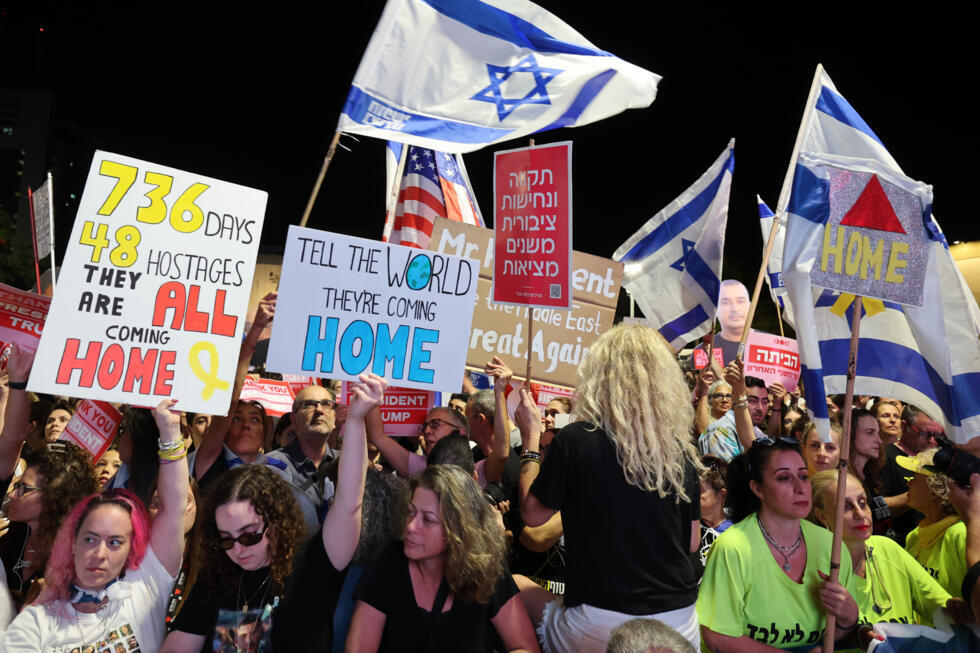
The toll is expected to grow as bodies are pulled from rubble previously made inaccessible by fighting.
The war has destroyed large swaths of Gaza and displaced about 90% of its some 2 million residents. It has also triggered other conflicts in the region, sparked worldwide protests and led to allegations of genocide that Israel denies.
“Much of Gaza is a wasteland,” UN humanitarian chief Tom Fletcher told the AP on Sunday.
In Tel Aviv, families and friends of the hostages who gathered in a square broke into wild cheers as Israeli television channels announced that the first group of hostages was in the hands of the Red Cross. Tens of thousands of Israelis watched the transfers at public screenings across the country.
Israel released the first photos of the freed hostages, including one showing 28-year-old twins Gali and Ziv Berman embracing as they were reunited. Hostages previously released had said the twins from Kfar Aza were held separately.
The photos of the first seven hostages showed them looking pale but less gaunt than some of the hostages freed in January.
Earlier, while Palestinians awaited the release of hundreds of prisoners held by Israel, an armored vehicle flying an Israeli flag fired tear gas and rubber bullets at a crowd. As drones buzzed overhead, the group scattered.
The tear gas followed the circulation of a flier warning that anyone supporting what it called “terrorist organizations” risked arrest. Israel’s military did not respond to questions about the flier, which The Associated Press obtained on site.
The prisoners being released include 250 people serving life sentences for convictions in attacks on Israelis, in addition to 1,700 seized from Gaza during the war and held without charge. They will be returned to the West Bank or Gaza or sent into exile.
The hostages’ return caps a painful chapter for Israel. Since they were captured in the attack that ignited the war, newscasts have marked their days in captivity and Israelis have worn yellow pins and ribbons in solidarity. Tens of thousands have joined their families in weekly demonstrations calling for their release.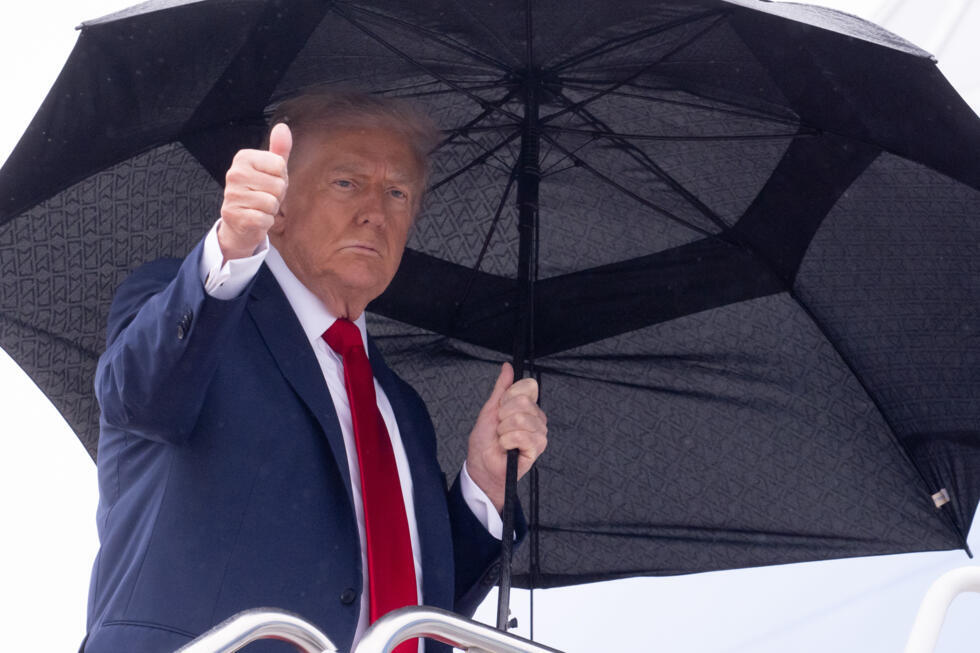
The toll is expected to grow as bodies are pulled from rubble previously made inaccessible by fighting.
The war has destroyed large swaths of Gaza and displaced about 90% of its some 2 million residents. It has also triggered other conflicts in the region, sparked worldwide protests and led to allegations of genocide that Israel denies.
“Much of Gaza is a wasteland,” UN humanitarian chief Tom Fletcher told the AP on Sunday.
In Tel Aviv, families and friends of the hostages who gathered in a square broke into wild cheers as Israeli television channels announced that the first group of hostages was in the hands of the Red Cross. Tens of thousands of Israelis watched the transfers at public screenings across the country.
Israel released the first photos of the freed hostages, including one showing 28-year-old twins Gali and Ziv Berman embracing as they were reunited. Hostages previously released had said the twins from Kfar Aza were held separately.
The photos of the first seven hostages showed them looking pale but less gaunt than some of the hostages freed in January.
Earlier, while Palestinians awaited the release of hundreds of prisoners held by Israel, an armored vehicle flying an Israeli flag fired tear gas and rubber bullets at a crowd. As drones buzzed overhead, the group scattered.
The tear gas followed the circulation of a flier warning that anyone supporting what it called “terrorist organisations” risked arrest. Israel’s military did not respond to questions about the flier, which The Associated Press obtained on site.
The prisoners being released include 250 people serving life sentences for convictions in attacks on Israelis, in addition to 1,700 seized from Gaza during the war and held without charge. They will be returned to the West Bank or Gaza or sent into exile.
The hostages’ return caps a painful chapter for Israel. Since they were captured in the attack that ignited the war, newscasts have marked their days in captivity and Israelis have worn yellow pins and ribbons in solidarity. Tens of thousands have joined their families in weekly demonstrations calling for their release.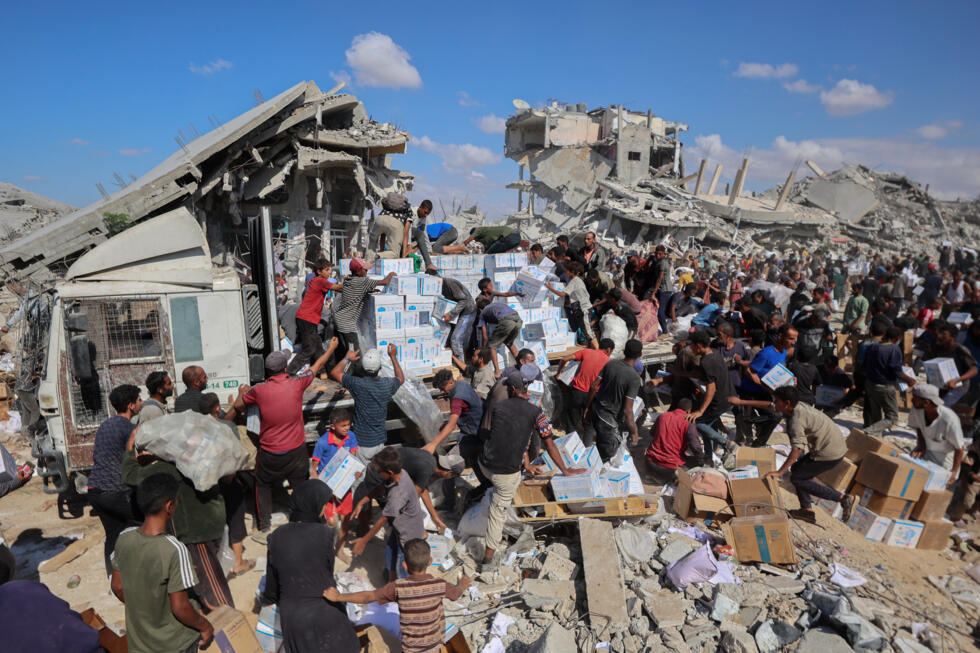
Mahmoud Abbas, leader of the internationally recognised Palestinian Authority, will attend, according to a judge and adviser to Abbas, Mahmoud al-Habbash.
Egypt’s presidency said Netanyahu would attend as well, but the Israel leader’s office later said he would not because due to a Jewish holiday.
The plan envisions an eventual role for the Palestinian Authority – something Netanyahu has long opposed. But it requires the authority, which administers parts of the West Bank, to undergo a sweeping reform program that could take years.
The plan also calls for an Arab-led international security force in Gaza, along with Palestinian police trained by Egypt and Jordan. It said Israeli forces would leave areas as those forces deploy. About 200 US troops are now in Israel to monitor the ceasefire.
The plan also mentions the possibility of a future Palestinian state, another nonstarter for Netanyahu. 